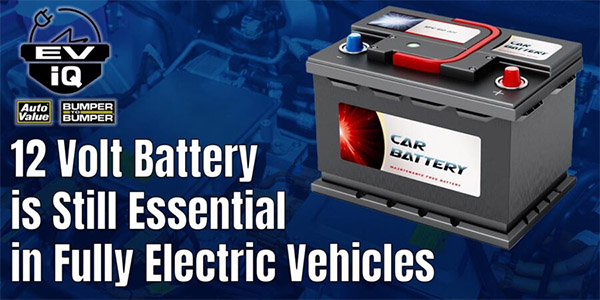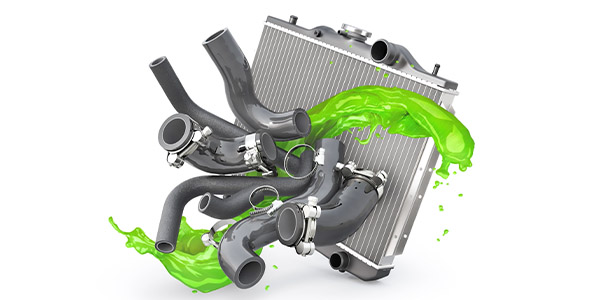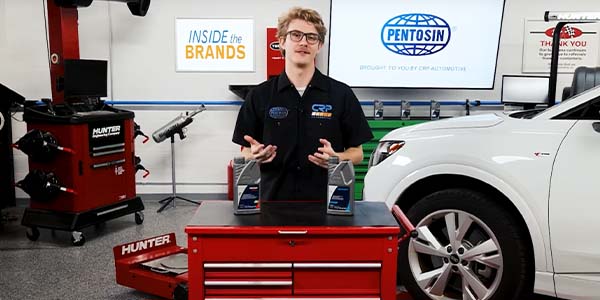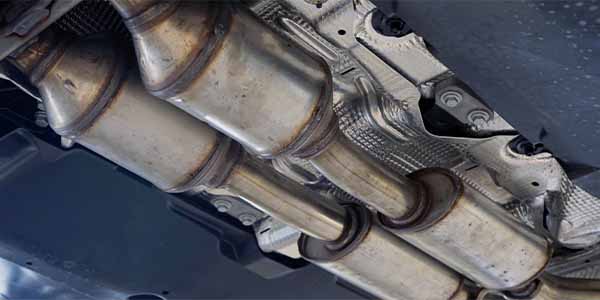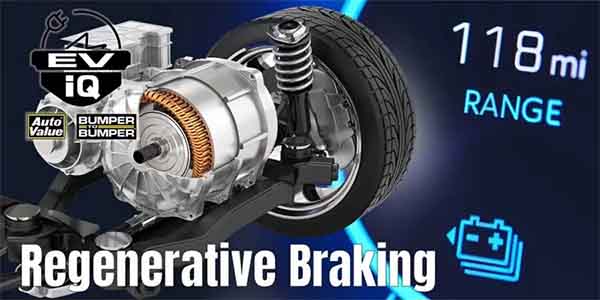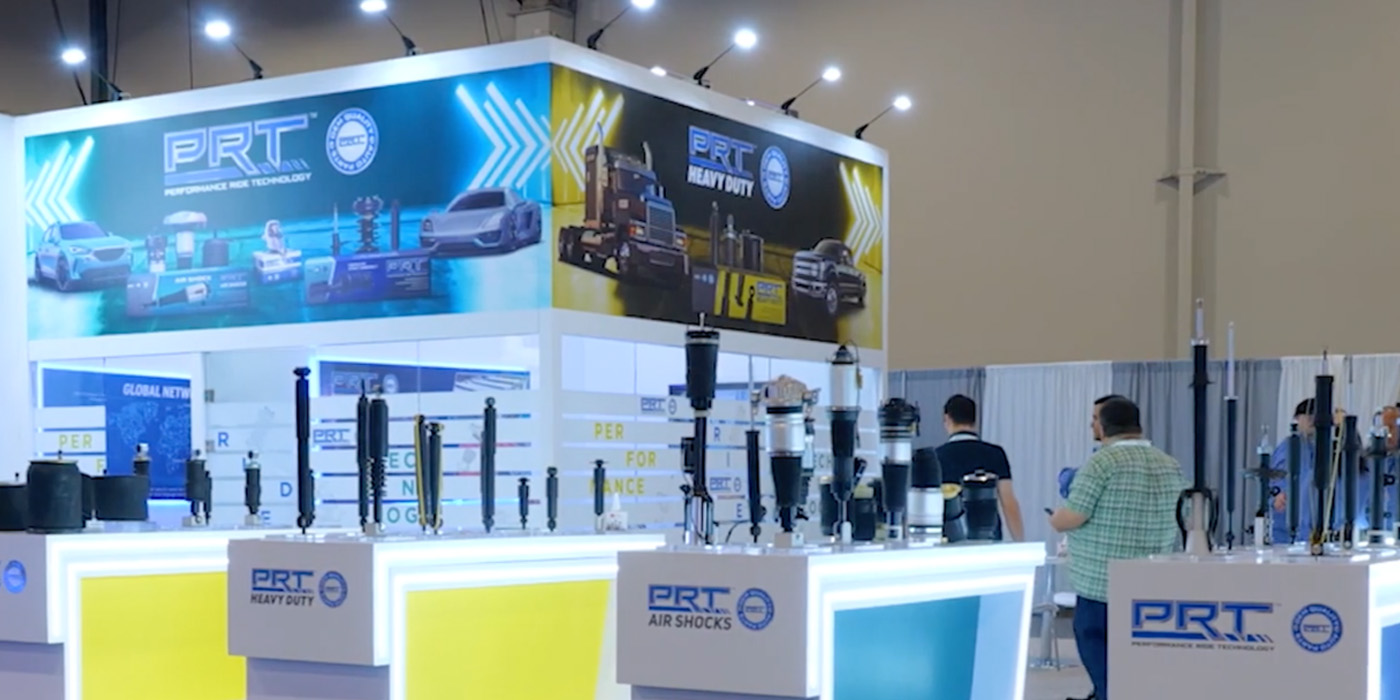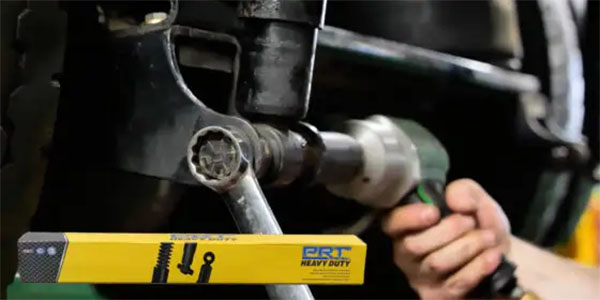CC:
CVT Recharge was formulated and designed specifically to restore performance to additive-depleted, continuously variable transmission (CVT) fluid when problems occur before normal fluid change intervals. Let’s take a look.
Lubegard’s CVT Recharge is a concentrated additive, formulated to provide the anti-wear and extreme pressure protection needed to protect sheaves and belts. It solves problems like shudder and noisy operation.
It restores and enhances the CVT fluid to give you better performance and smoother, more consistent shifting. This can be added to full synthetic, semi-synthetic, conventional, and low viscosity CVT fluids.
Be careful: do not add to automatic transmission fluid or dual-clutch transmission fluid. Lubegard has other solutions to help those transmissions.
CVT Recharge benefits the CVT transmission in many ways. Used CVT fluid often becomes additive-depleted many miles before it should. Premature wear, noisy operation, high or low fluid levels causing foaming and slipping are symptoms of fluid problems. While you cannot see these issues with your eyes, you will often hear and feel them.
You may need to remove some fluid before adding the Recharge. If you’re at or above the fill level, please remove up to 10 ounces of fluid to make room. If you’re below the fill line, you can add the Recharge.
To apply, locate the transmission dipstick tube or the transmission fluid fill port and pour in the 10-ounce bottle of Recharge. Consult the OE procedure for setting fluid level to assure proper fill level.
As fluids age, heat transfer declines and additives become depleted. This results in shuddering, sticking valves, premature belt wear, noisy operation and slipping chains or belts. All the result of tired, worn out fluid.
Using Lubegard’s CVT Recharge restores additive content to the used fluid and allows the transmission to function as designed until the regularly scheduled fluid service can occur.
It’s as simple as that. Lubegard CVT Recharge will help restore your transmission fluid performance, shift smoother, and stay on the road longer.
CVT Recharge works in all makes and models with a Continuously Variable Transmission that takes a purpose made CVT fluid. Some CVT transmissions require ATF, not a CVT fluid. Be sure to check your owner’s manual for more information.
Again, be careful: do not add CVT Recharge to ATF or DCT. One 10-ounce bottle of CVT Recharge will treat up to a 10-quart system. A maximum of 2 ounces per quart can be used safely in a vehicle. Do not exceed this recommendation.
CVT Recharge usually works quickly but can take up to 150 miles of operation in severe cases to take effect. The additives in this bottle are not consumed, but rather improve with age so the benefits will last the life of the fluid until your next flush or drain and fill.
This video is sponsored by Lubegard.




